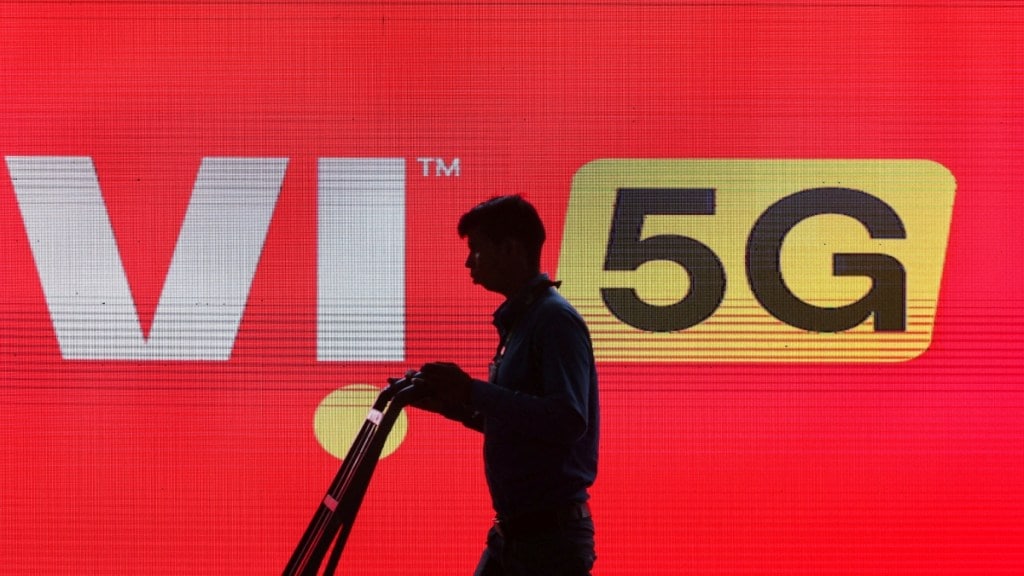With Vodafone Idea CEO Akshaya Moondra talking about users porting-out to BSNL post the tariff hike, analysts and industry experts said that there’s nothing much to worry about as the former will win back the subscribers as BSNL’s yet-to-be launched 4G services may lag in quality compared to the private telecom operators.
The quality lag for BSNL 4G can largely be attributed to its spectrum strategy, in which it is deploying the 4G network. The state-owned telecom operator is leveraging 2100 MHz and 700 MHz bands for rolling out 4G network. According to spectrum experts, the 2100 MHz band lags coverage and won’t have good reach for quality 4G services.
“All the subscribers, which have gone to BSNL will come back because the coverage of the BSNL network is going to be poor due to the 2100 MHz band,” said Parag Kar, an independent spectrum expert and former vice-president of government affairs, India and South Asia at Qualcomm.
One of the reasons why Vodafone Idea would have an upper hand pertaining to 4G services compared to BSNL is that the private telecom operator has 4G in 900, 1800, 2100 MHz bands, among others. This makes it easy to push 4G with better coverage and quality. Vodafone Idea has also talked about expanding its 4G network with the recent fundraise.
According to Kar, 4G in 800 MHz band would have been a good strategy for BSNL, but since the company is deploying the majority of network on 2100 with limited 700 MHz use, there is no risk to operators such as Vodafone Idea with regard to 4G.
BSNL has deployed over 20,000 sites on the 2100 MHz band across Punjab, Himachal Pradesh, Uttar Pradesh West, and Haryana. The company is also utilising 700 MHz band for capacity, officials said, adding that both the bands make it a good combination for the 4G rollout.
“We don’t have the 800 MHz band. The 2100 MHz band is a good band if the number of sites deployed are higher, and we are working on that,” a BSNL official said.
“The plan is also to switch the 3G services in 2100 MHz band to 4G, and have 700 MHz band for coverage and capacity,” the official said. Going forward, the company can either leverage the 700 MHz band for 5G or refarm the 900 MHz 2G band for 5G, the official said, adding that the decision is yet to be taken.
Officials said, the government is not evaluating any proposal to give 800 MHz spectrum to BSNL at the moment and will go ahead with the current strategy.
It is expected that out of the 10 MHz spectrum in 700 MHz, 5 MHz will be used by BSNL for 4G and the remaining for 5G. The 4G network is upgradable to 5G with a software upgrade.
BSNL currently has spectrum in 700 MHz band, 900 MHz band for 2G, 2100 MHz band, 2500 MHz band, and 3500 MHz band. Experts said, ideally the company should deploy 700 MHz completely for 5G to be competitive in the market.
With regard to 5G services, however, BSNL can give strong competition to Vodafone Idea and Airtel because of the 700 MHz band, which is key to deliver premium 5G services. Notably, Airtel and Vodafone Idea don’t have the spectrum in 700 MHz bands, whereas Jio has the 700 MHz.
“5G in the 700 MHz band for BSNL would give competition to every operator including Jio. This is because the low-end 5G devices, which do not support carrier aggregation, will show similar or better performance of BSNL network,” Kar said.
Carrier aggregation is a technology in the devices based on which multiple frequency bands such as 4G LTE and 5G are combined into a single, wider bandwidth to improve data speeds and overall network performance.
While the 5G ecosystem is still maturing, carrier aggregation is limited in devices at the lower price points.
One of the reasons on how BSNL can get an edge even over Jio by leveraging 700 and 3500 MHz band for 5G, is the former’s network would be relatively empty. On the other hand, Jio could have congestion as its user base is higher.
BSNL is currently looking at launching 4G services commercially, and is simultaneously looking at running 5G trials.


